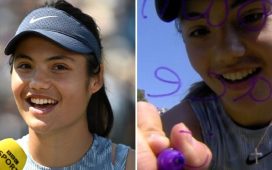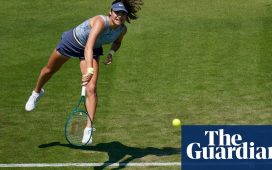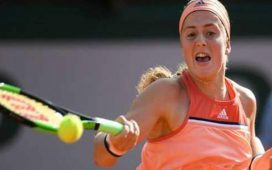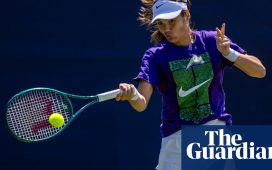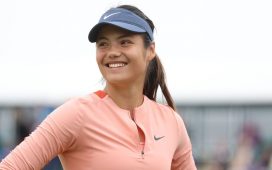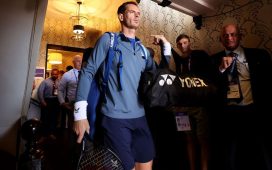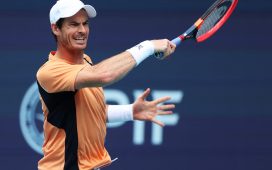Jasmine Paolini had 12 days to remember and a weekend to forget, as she savoured a bittersweet fantasy in Paris, often finding her best tennis on Roland Garros’ famous clay.
The 28-year-old Italian was powerless against an imperious Iga Swiatek in the women’s final last Saturday. Paolini had few chances, as the World No. 1 needed just 68 minutes to capture her third successive French crown, her fourth in five years, with a 6-2, 6-1 victory.
In uncharted waters
Paolini stepped onto the Parisian red dirt again on Sunday, this time partnering compatriot Sara Errani in the women’s doubles final. She was unable to find any comfort after Saturday’s crushing loss, as the Italian pair lost 7-6(5), 6-3 to doubles expert Katerina Siniakova and reigning US Open singles’ champion Coco Gauff.
Although the fortnight ended in disappointment for Paolini, she knew she had entered uncharted waters. This time last year, she was playing a WTA 125 event, below the top tier, in Croatia, some distance away from the ranks of elite tennis. After her Roland-Garros showing, she has climbed seven spots to enter the top 10 for the first time in her career, peaking at World No. 7.
“It’s been two very intense weeks for me, very nice but very emotional,” said Paolini. “It’s a strange feeling. I just lost the final, but I think I have to be happy with the two weeks and my new ranking. A Grand Slam final… it’s beautiful. I have a lot of memories. I can’t wait to be back.”
Paolini is enjoying by far the best year of her career. She came into 2024 with a losing record as a pro of 78-87 and one career title. She had won a total of four matches in 16 Grand Slam appearances, never having gone beyond the second round at any Major.
But she is 22-11 this year with one trophy — her biggest title to date in Dubai, one of the tournaments just below Grand Slam level. She reached the fourth round at the Australian Open in January, and proved that wasn’t a one-off with her surging run to the final in Paris.
Paolini’s astonishing transformation this season into a player capable of challenging for the biggest prizes has stemmed in part from quashing the mindset that she needed “a miracle” to beat the best. She began to believe that her ability was enough, and the results came.
“I think I started to play better with more consistency last year,” said Paolini. “I think match by match I felt more convinced that I can play at the higher level but it was a process. [It wasn’t] like I switch[ed] something. The problem, I think, let’s say ‘problem’, [was] that I wasn’t believing that I could reach the result that I’m reaching now when I was younger. Before, when I was playing against top players, I was like ‘okay, I need a miracle to win this match’.”
Growing conviction
Thanks to her strengthening belief, Paolini registered confidence-boosting wins over No. 4 Elena Rybakina, No. 10 Caroline Garcia and No. 11 Daria Kasatkina last year. This year, she beat No. 4 Ons Jabeur. At Roland Garros, she defeated Rybakina again and also recorded impressive wins over 2019 US Open winner Bianca Andreescu and 17-year-old sensation Mirra Andreeva, who is more than a decade younger than Paolini.
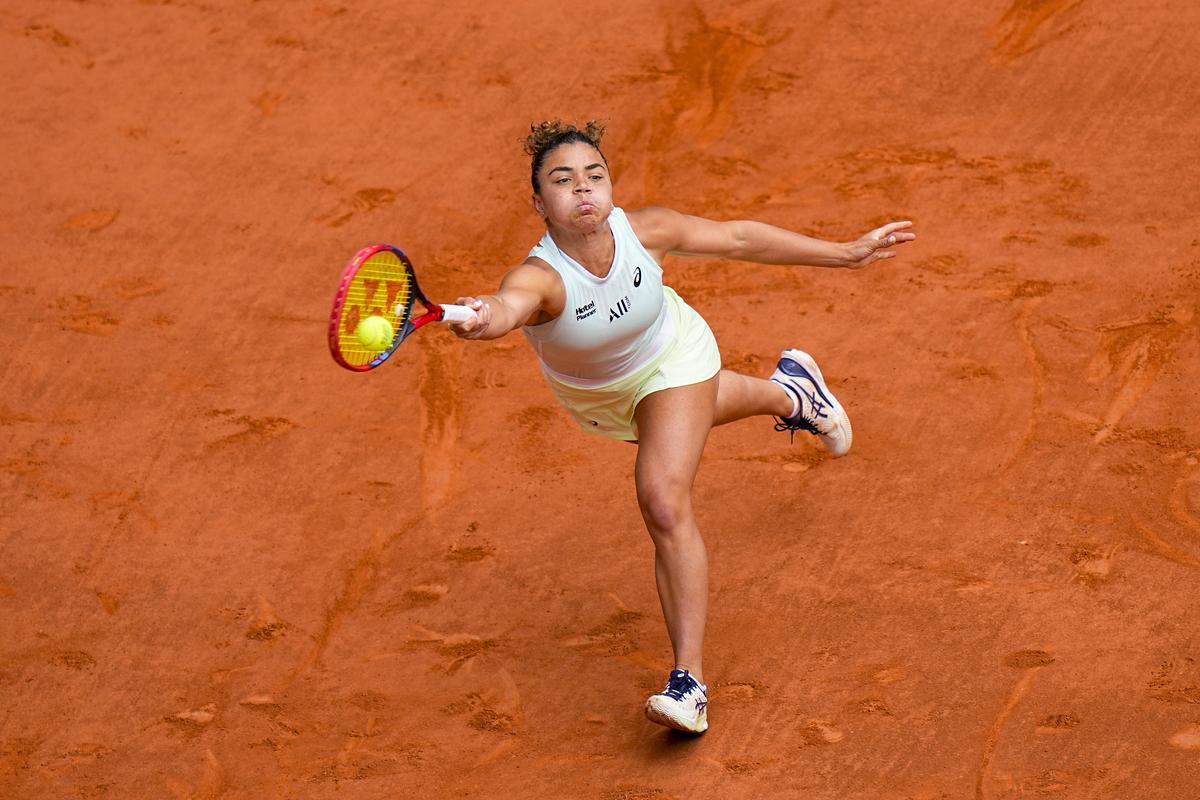
No quit in her: Paolini’s ability to get to nearly every ball and come out ahead in baseline exchanges makes her a frustrating player to encounter. | Photo credit: Getty Images
Paolini certainly has the game to trouble anybody — barring Swiatek at her best — because her style naturally asks questions of her opponents. Her ability to get to nearly every ball — she has terrific foot-speed — and come out ahead in baseline exchanges makes her a frustrating player to encounter. She hits a heavy forehand and can flatten her backhand with a compact stroke. The only real soft spot is the serve, which doesn’t win her points outright.
“I wish I was taller, because I could serve better,” said the 5’4” Paolini. “But I think, you know, I accept that I have to do [it] with my own body. I mean, I’m short. Okay, we try to [not] make it a problem. We try to do something different to improve other aspects.”
Given the quality of Paolini’s game and the advantages of her style, observers often wondered why she was not making more of a mark on the circuit.
“Often, I heard, ‘You play well’ and ‘You could do more’. But I never really believed it deep down, which is something that has changed lately,” she said. “The on-court results are tangible, more concrete, to me than someone telling me, ‘You can do great things’. It helps to win more matches — or even lose ones that were hard-fought against strong opponents.”
Paolini, who was born in Italy but also has roots in Poland and Ghana, is something of a late bloomer. It isn’t, however, her game that has taken time to bloom but her imagination.
“I learned, I think a little bit later than other players, to dream is the most important thing in sport and in life,” she said. “When I started to play tennis, I was just enjoying. I was not dreaming too much. I was dreaming to become a professional, and I never dreamed to be, you know, number one, Grand Slam champion. Never dreamed so big.
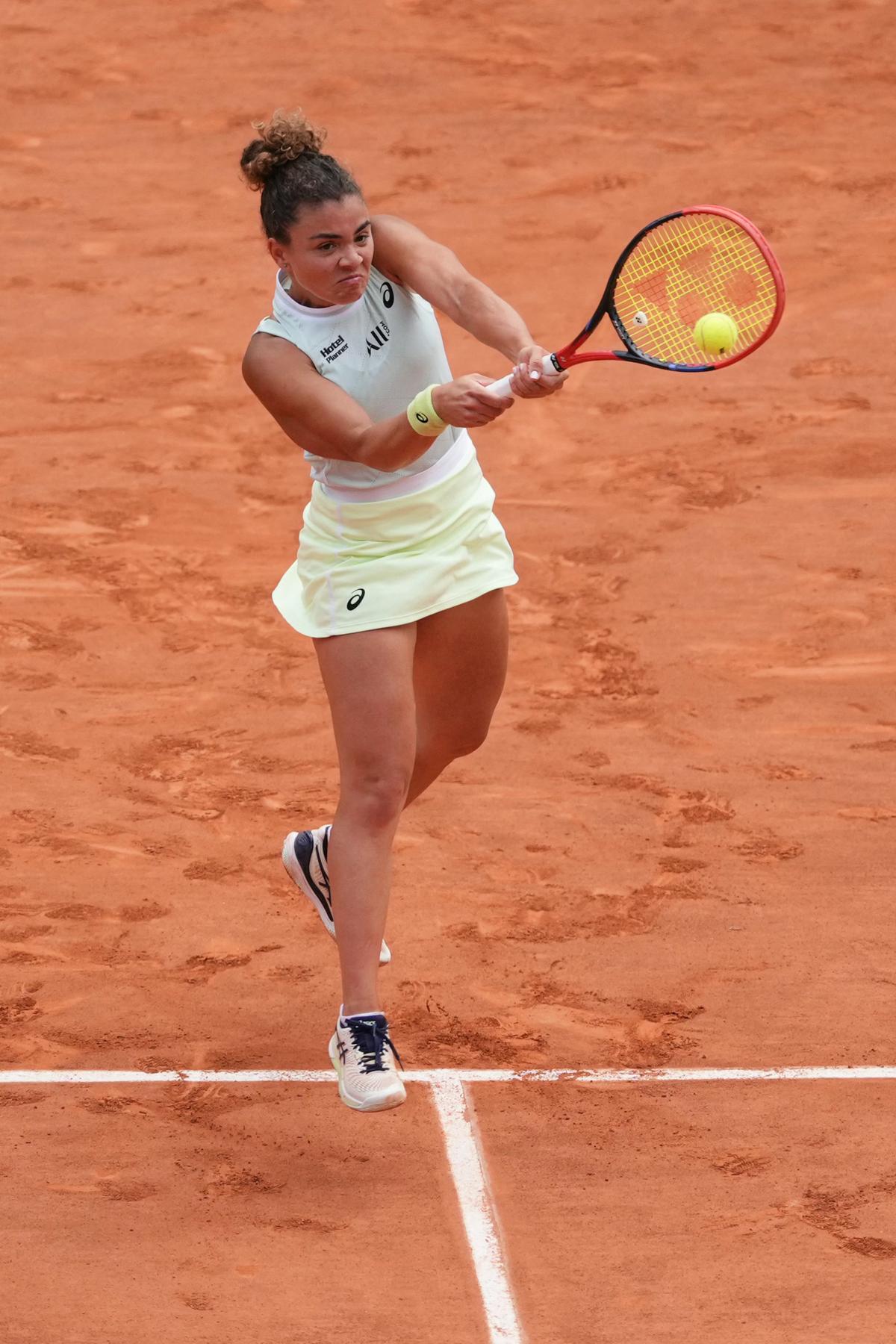
Top ground game: Paolini can flatten her backhand with a compact stroke, which complements her heavy forehand. | Photo credit: Getty Images
Shooting for the stars
“That, I think, is not so positive, because it’s important to dream, but I started to dream, I think, step by step. Not, you know, too far away.” Paolini was shocked to realise that other players did have those dreams and goals from a young age.
“For me, it’s surprising to see interviews from Nole [Novak Djokovic] when he was a kid saying that he wanted to be world number one, and [win] Wimbledon. I watched this, and I said, it’s unbelievable that you can dream as a child. I didn’t dream it, you know, when I was a child. It’s unbelievable to see Jannik [Sinner] when he was 15 years old say that his dream was to be number one, and for me it’s something different. I never dreamed to be in a Grand Slam final.”
So, what’s next for Paolini, now that her vision for herself has expanded? She doesn’t need to look too far for inspiration — the three games she won in the Roland-Garros final were the fewest since Justine Henin obliterated Ana Ivanovic 6-1, 6-2 in 2007, but Ivanovic returned to Paris the next year to win her only Major crown. Can Paolini dream of something like that?
“I don’t know where this journey is going to take me. But I’m curious to discover,” she said. “I don’t know which one is my next dream. But I’m enjoying the moment.”
